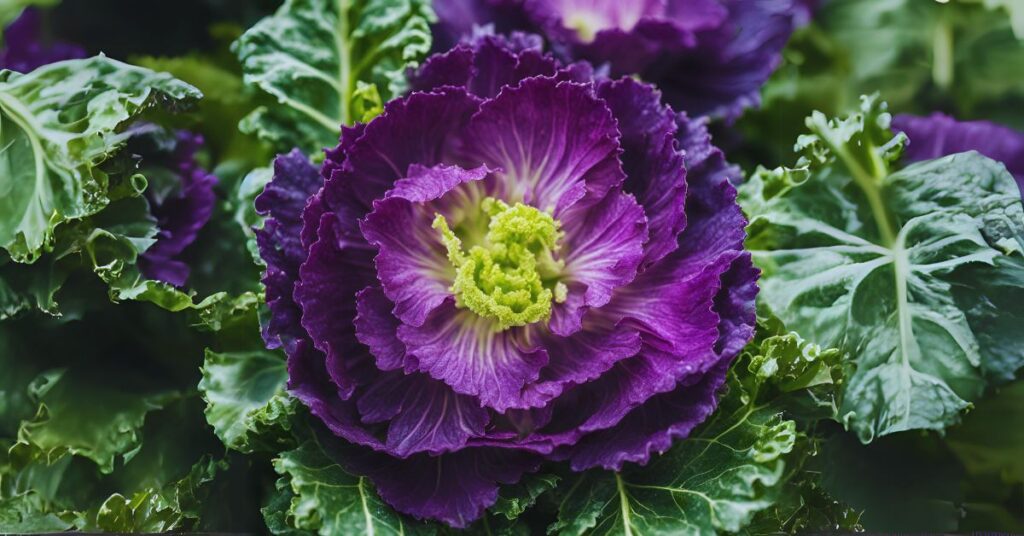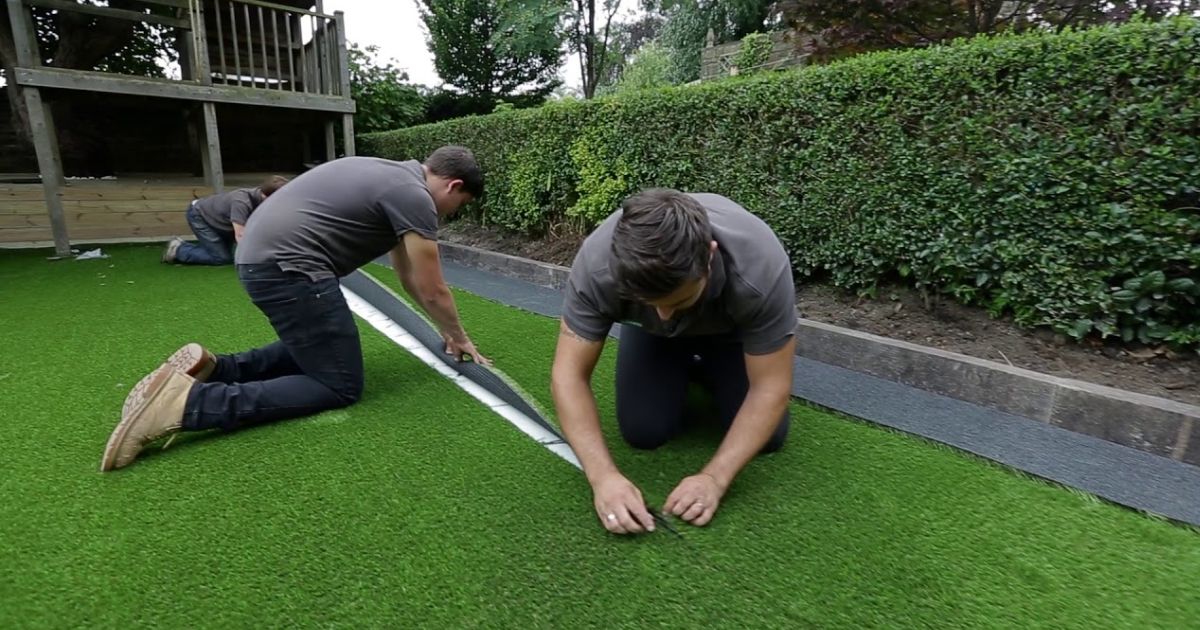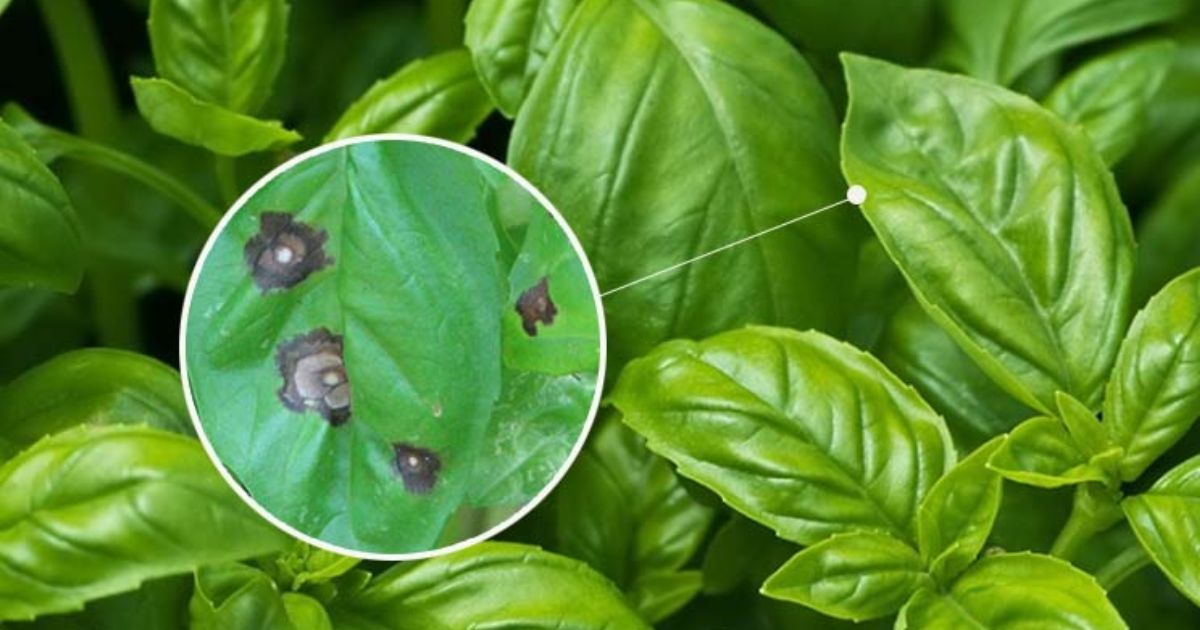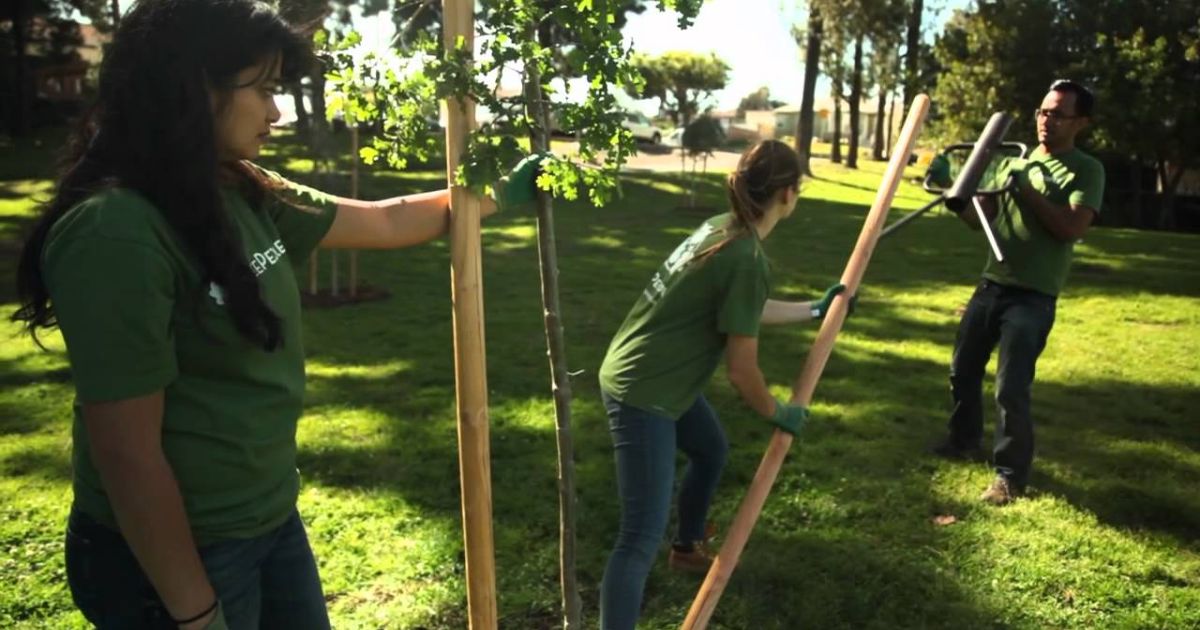Edible Kale Flower Buds is a superfood known for its versatility and nutrition. But did you know that its flower buds are also edible? Edible kale flowers, often called kale blossoms, are a hidden gem that can add beauty and flavor to your meals. Whether you’re a gardener looking to maximize your harvest or a foodie eager to try something new, kale flowers are a treat worth exploring.
What Are Kale Flower Buds?
Kale flower buds are the tiny blossoms that appear when a kale plant starts to bolt or bloom. Bolting happens when the plant shifts its focus from producing leaves to developing flowers and seeds. While this process might signal the end of your leafy kale harvest, it introduces a new culinary delight: the kale flower plant.
These tender, mildly sweet buds are packed with nutrients, making them an excellent addition to various dishes.
Are Kale Flowers Edible?

Yes, kale flowers are entirely edible! They’re not only safe to eat but also highly nutritious. Like the leaves, kale flowers edible is rich in vitamins A, C, and K and minerals like calcium and potassium. Their flavor is milder than the leaves, with a subtle sweetness that pairs well with many ingredients.
Can You Eat Kale Flowers? Exploring the Benefits
Eating kale flowers is not only possible but also beneficial. Here’s why you should give them a try:
- Nutritional Powerhouse: Kale blooming retains the same nutrient profile as the leaves, providing essential vitamins and antioxidants.
- Low-Waste Gardening: Harvesting kale flower buds ensures you make the most of your plants before they go to seed.
- Culinary Versatility: Their mild flavor and delicate texture make them perfect for salads, sautés, and garnishes.
Kale Flower Plant: What to Expect

When kale plants flower, they produce small yellow or white buds on tall stalks. This stage usually occurs in late spring or early summer, especially if the weather is warm. While many gardeners view bolting as a negative, it’s an opportunity to enjoy edible kale flower buds.
How to Prepare Edible Kale Flower Buds?
Preparing kale flower is simple. Here’s a step-by-step guide:
- Harvest Carefully: Use clean scissors or garden shears to snip the buds and tender stalks. Aim for younger buds, as they’re more tender and flavorful.
- Wash Thoroughly: Rinse the buds under cool water to remove any dirt or insects.
- Trim if Necessary: Remove any tough or woody parts of the stalks.
Once prepared, the buds can be eaten raw or cooked. Their versatility makes them a delightful addition to many recipes.
Can You Eat Kale Flowers? Debunking Myths
Some gardeners worry that bolted kale loses its edibility. While it’s true that the leaves may become more brutal and bitter, the flower buds remain tender and delicious. Eating kale flower is a great way to enjoy your plants even after they’ve bolted.
Delicious Ways to Use Edible Kale Flower Buds
Kale blossoms can elevate your meals in various ways. Here are some ideas:
- Raw in Salads: Add a handful of kale blossoms to your salads for a pop of colour and a hint of sweetness.
- Sautéed with Garlic: Sauté the buds with garlic and olive oil for an easy yet flavorful side dish.
- Stir-Fried: Toss them into stir-fries for added texture and nutrition.
- Garnishes: Use kale blossoms to decorate soups, pastas, or cocktails.
- Pickled: Preserve the buds by pickling them for a tangy treat.
Want to Level Up Your Garden This Year? Plant Kale!
Growing kale is a rewarding experience for gardeners. It’s easy to cultivate and thrives in various climates. Plus, allowing your kale to flower attracts pollinators and will enable you to enjoy a unique harvest of edible kale flowers.
Pro Tip: To diversify your garden and plate, choose a mix of kale varieties, such as curly kale, dinosaur kale, and red Russian kale.
How to Prepare Kale Florets?
Kale florets, another term for the flower buds, can be cooked like broccoli or cauliflower florets. Here’s a quick recipe to try:
Sautéed Kale Florets Recipe
- Ingredients:
- 2 cups of kale florets
- 2 tablespoons olive oil
- 2 cloves garlic, minced
- Salt and pepper to taste
- Instructions:
- Heat the olive oil in a pan over medium warmth.
- Add the garlic and sauté until fragrant.
- Toss in the kale florets and cook for 3-5 minutes, stirring occasionally.
- Season with salt and pepper. Serve warm.
This simple dish highlights edible kale flower buds’ delicate flavor and texture.
Kale Blossoms: Not Just for Eating
In addition to being edible, kale blossoms can serve as ornamental plants. Their bright yellow flowers add beauty to your garden and attract bees, butterflies, and other beneficial insects. If you’re interested in flowers for pollinators, kale flowering plants are an excellent choice.
Blooming Kale: A Sign of Change
Blooming kale signals the plant’s transition from leaf production to seed formation. While some gardeners prefer to harvest kale before it bolts, allowing the plant to bloom provides the added benefit of edible kale flower buds. It’s a win-win for gardeners and food lovers alike.
When Does Kale Start to Flower?
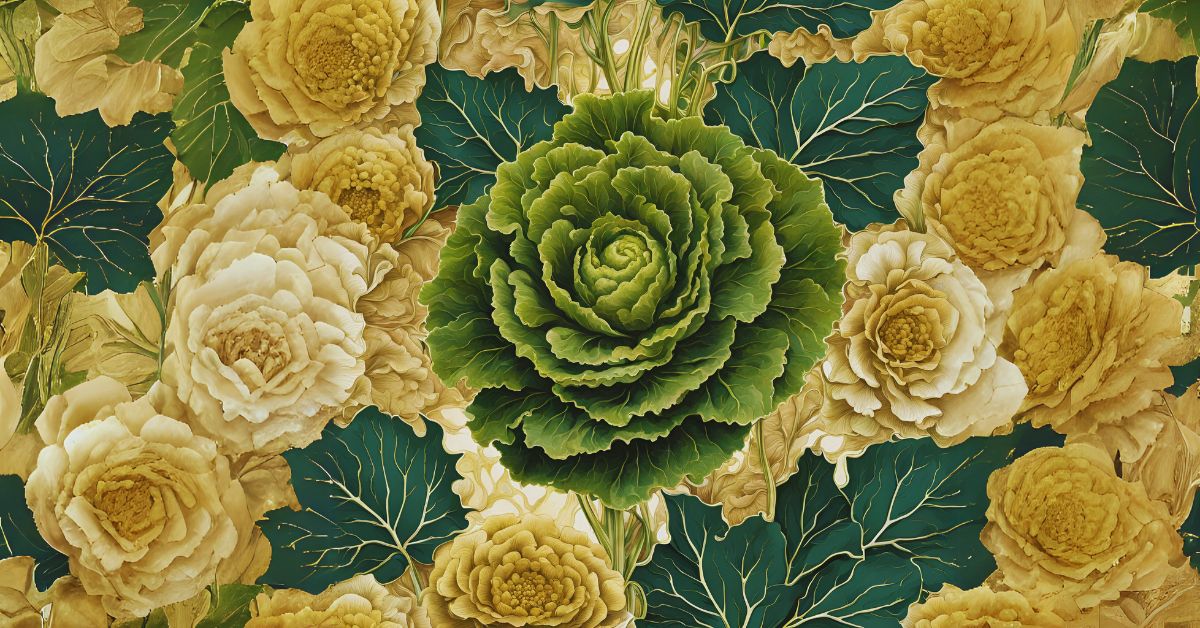
Kale is a cold-hardy biennial that thrives in the fall and can withstand winters as low as USDA hardiness zone 7. (In my experience, it can survive in zone 6 with sufficient winter mulch and frost protection.) Its first season is devoted to growing a robust root system and a robust leaf head.
After an overwintered kale plant has finished its life cycle, flower buds emerge as the weather warms in late spring or early summer. The arrival of high summer temperatures will also cause a spring-started kale plant to bolt or blossom.
The buds can (and should) be harvested for one last hurrah before the plant dies, and it sends up a flower stalk before it sets seed. You can pinch the buds to stimulate more flower heads in the final few weeks.
Also, most people grow biennial kale annually, so you’ll typically only see blossom buds. There are a few types of perennial kale, and the kind that will bloom vary widely. For example, Daubenton perennial kale can bloom, whereas Taunton Deane grows all year round and doesn’t.
However, the quality of kale’s leaves declines after it begins to blossom. However, the flower buds remain sweet and sensitive despite becoming slightly fibrous and harsh.
Are Kale Flowers Poisonous?
The blossoms of kale are not toxic. They are excellent fresh or cooked, and you can pick them as soon as they appear. If a frost strikes your garden, the flavour kale buds and blossoms’ flavour gets better (and becomes sweeter). (However, they may taste a little bitter to some palates if you reside in an area with mild winters.)
Can you Eat Kale Flowers from other Brassica Plants?
If you have the patience to wait for them to flee, you can. The flower buds are entirely edible for mustard, collards, cabbage, kohlrabi, Brussels sprouts, mizuna, cauliflower, broccoli, and turnip.
Conclusion
Edible kale flower buds are a delightful way to extend the life of your kale plants and enjoy new culinary possibilities. From salads to sautés, these blossoms are as versatile as they are nutritious. Incorporating kale flowering into your garden will reduce waste and discover a delicious new ingredient to elevate your meals.

